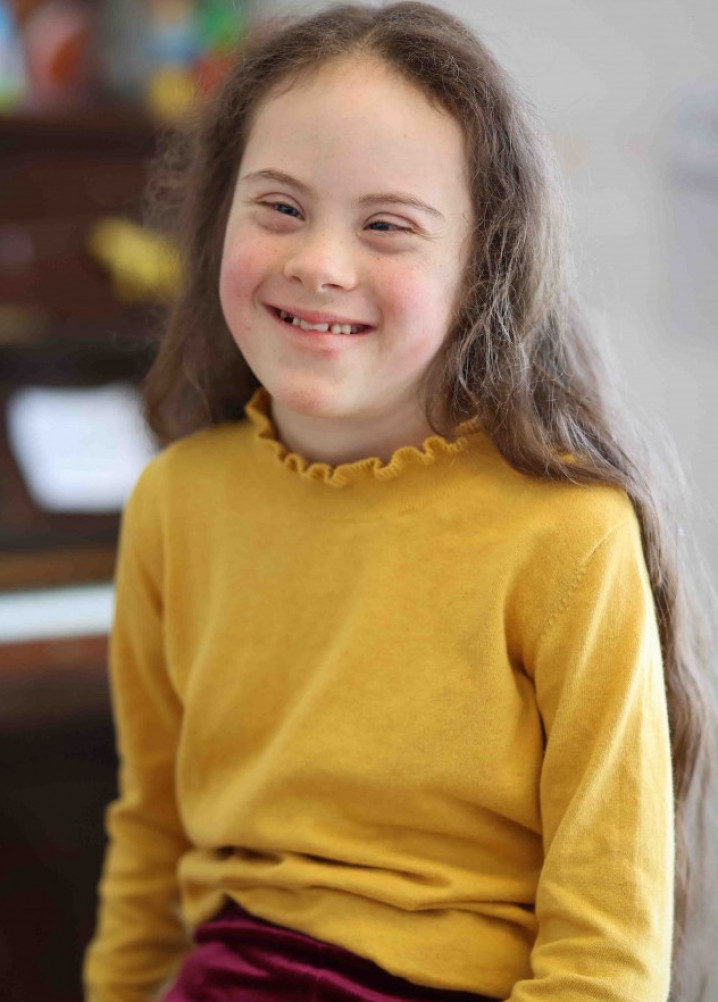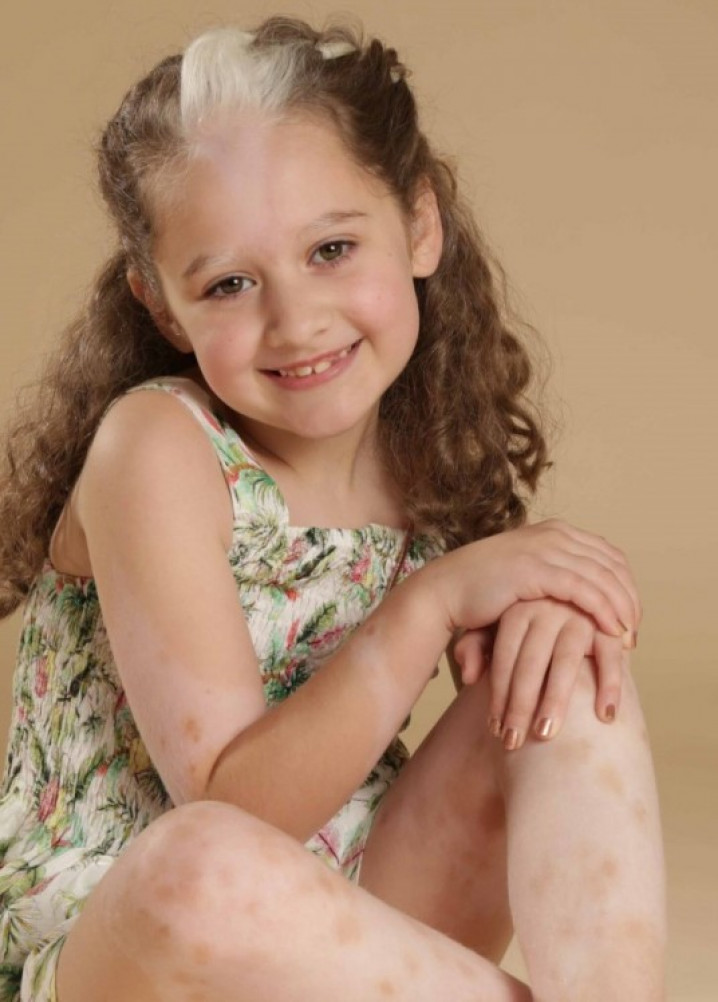
Covid-19: Shoot Guidelines
written by
Tessa Dewing

INTRODUCTION & CONTEXT
As we gradually come out of lockdown, it is up to all of us to work together and ensure we stick to Government guidelines to prevent a second spike of Covid-19, which could result in our economy grinding to a halt and all of us confined to our homes once more.
At this time, the Government have stated that you should:
- Stay at home as much as possible
- Work from home if you can
- Limit contact with other people
- Keep your distance if you go out (2 metres apart where possible)
- Wash your hands regularly
Additionally, the Government have stated: "With the exception of organisations covered above [note: this refers to pubs, restaurants, etc. in the section of closing certain businesses and venues], the government has not required any other business to close - indeed it is important for business to carry on."
Lastly, the Health and Safety Executive (HSE) state: "Keep your business open. With the exception of some non-essential shops and public venues, we are not asking any other business to close - indeed it is important for business to carry on."
On the whole, commercial shoots cannot be done from home and therefore the following guidelines have been set out by us, using existing guidelines from the Government, the APA (Advertising Producers Association) and the AOP (Association of Photographers) and will be updated in response to feedback on how they work in practice and new legislation and regulation.
These guidelines should enable our clients and models and everyone else producing or attending stills and moving image shoots, to take reasonable and practical steps to safeguard themselves and each other in relation to Covid-19 and to meet their obligations to do so.
MEDICAL INFORMATION
- The time between exposure to Covid-19 and the moment when symptoms start is commonly around five to six days but can range from one to 14 days.
- Covid-19 is transmitted from an infected person's respiratory secretions or aerosolised droplets (coughs/sneezes) reaching the nose, eyes or mouth of another.
- The most common symptoms are high temperature, continuous coughing, sneezing, shortness of breath and loss or change to your sense of smell or taste.
- Less common symptoms are diarrhoea and abdominal pain.
- Some people with Covid-19 show no apparent symptoms.
- Asymptomatic sufferers may still be infected and there is strong scientific evidence that they can transmit the virus too.
- Covid-19 can also survive on a variety of surfaces for different timespans and be transmitted to another individual from contact with them.
- You should not leave home if you or anyone in your household has symptoms.
KEY PRINCIPLES
The purpose of social (2m)-distancing and PPE is to break the transmission cycle of the virus and reduce the risk of infection. We should operate on the basis that we could all be potential carriers and must adhere to the safety principles to minimise risk. Therefore, the following essential rules should be adhered to by everyone:
- Maintain 2m-distancing wherever possible.
- Wear a face covering (not a medical-grade mask) when in enclosed spaces with others where you cannot easily maintain 2m-distancing.
- Wash your hands for 20 secs with soap and warm or hot water or use hand sanitiser for at least 30 seconds regularly. Alcohol-based sanitisers should contain at least 60% alcohol.
- Cough and sneeze in the crook of your arm or into a tissue and bin it immediately.
- Report Covid-19 symptoms to your employer/production manager.
- Work from home wherever possible.
- Avoid using public transport where you can.
BEST PRACTICES
These are recommendations as to how to structure your production, over and above Government guidelines:
The number of people on location should be kept to a minimum. Only people who are absolutely required to be present at the shoot should attend. This refers to all production staff, cast, crew, agency, and client.
Pre-Production
Where possible all pre-production processes should be managed remotely from home.
Creative concepts and briefs should be able to be shot in compliance with these guidelines, in order for safe production to take place.
Approval from the client should be given as early as possible with as many creative decisions as possible finalised to reduce last-minute changes on shoot days, and to enable proper planning for all health requirements.
Avoid printing and paper distribution except for clear safety posters on set. Covid-19 can last 24 hours on cardboard, and longer on other surfaces.
Budgeting
Due to insurance policies not covering Covid-19 risks to the production, sufficient finance should be made available to cover the extra provision required in order to comply with this guidance and in order to cover any disruption or extra requirements which may result due to Covid-19, to include (but not be limited to) the following:
- Extra provision which may be required should regulations change.
- Replacement of key persons or crew should they become unavailable because of Covid-19.
Casting - VIEW TALENT
Castings and call-backs should be done from images, self-tapes or video link-ups.
When casting children, their supervising adult should remain close at hand and availability is dependent on the child’s local authority granting a licence.
Those aged 70 or over, or with known pre-existing conditions should be given special consideration and enhanced measures.
Consider and agree backup talent and costs where appropriate.
The Shoot
- Stagger call times where possible to avoid congestion.
- Keep the unit as small as possible and minimise the number of crew/agency/client/talent on set at any one time.
- Wash and thoroughly dry hands on arrival and during the day at regular intervals. Alcohol-based (60% minimum) sanitisers should be easily accessible throughout the set/location as well as soap and water provided wherever possible.
- Consider a video-conferencing facility relaying video remotely to agency/client.
- Consider increasing video monitoring on set to avoid clusters of people.
- All crew to adhere to any safety guidelines or notices given on the day.
- Consider any space markers where possible.
- Walkie-talkies/radios to be correctly sanitised, bagged-up and labelled with crew names before distribution - do not share equipment.
Talent On Set
Ensure talent are briefed in advance of the shoot as much as possible, including ensuring they are aware and happy if 2m-distancing of may not be achievable due to creative or other action required.
Where 2m-distancing of talent might not seem achievable, adapt the process(es) as much as possible to be achievable within the guidance and regulations (e.g. use members of the same household, shoot individuals as separate plates and composite in post, etc.).
The Location/Studio - VIEW LOCATIONS
- It should not be assumed that councils will grant filming/location permits at the moment.
- Initial location/studio research should be done remotely.
- 2m-distancing must be used when visiting locations/studios and meeting property owners/managers.
- Try to ensure common areas and holding areas are outside wherever possible.
- Prefer/prioritise for one location, without unit moves, per day.
- Prefer/prioritise a location in a 4G area, where possible, to transmit live video over the internet if wifi is unavailable.
- Locations/studios are to be well-ventilated. Consider bringing additional equipment to change (not recycle) the air regularly if this is not the case.
- Avoid the use of vapours, steam and hazers (including but not limited to dry ice, oil, mists or glycol) as they are likely to keep airborne infections in the atmosphere longer.
- One crew member to meet location owner/manager 10 minutes earlier than the rest of the crew start to arrive for handover and to go through any queries.
- Clear communication should be maintained with location owner/manager, regarding finishing time, to ensure same crew member is on site to hand over keys and run through checks, etc. The rest of the crew should be off site at this point.
- Locations/studios should be cleaned prior to and after shooting. Locations/studios may want to take this on themselves and charge an extra fee for this.
- Avoid distant locations which would require overnight accommodation for those involved.
- Avoid locations/studios which will not permit minimum 2m-distancing.
- Only recce if absolutely necessary. All recces to involve minimum crew who should self-drive and maintain 2m-distancing throughout. Basic PPE should be worn for all attendees.
- Location prep (pre-light/set-build/set-dress etc.) should be undertaken separately by one crew/department at a time, where possible.
Wardrobe
- Wardrobe to be provided by talent where possible.
- If fittings can be done at home they should be, relayed via video-call or photos.
- If fittings have to be done in person, the stylist can set up clothes and supervise fitting from a safe distance.
- Talent should dress themselves wherever possible.
- If the stylist needs to break 2m-distancing they should wear appropriate PPE (see PPE and sanitisation section below).
Hair & Make-Up (HMU)
- HMU to be done by talent where possible, using own or disposable kit.
- Kit should remain unique to each artist/talent.
- Appropriate disinfecting processes should be followed - using Barbicide or equivalent..
- If HMU artist cannot maintain 2m-distancing, they should wear appropriate PPE (see PPE and sanitisation section below).
- HMU should be kept separate from Wardrobe and sufficient space should be made available both departments to maintain 2m-distancing.
Crewing-Up
A person within the team must be allocated on set to be responsible for monitoring Covid-19-related matters whether that is a health and safety officer hired by production or a nominated crew member.
All crew should be provided with an email confirmation of their engagement or call-sheet, for them to produce if the police question them on their travel to the location.
NB: a waiver of rights by a crew member in respect of their contracting COVID-19 is of no value - UK law does not permit excluding liability for causing injury or death through negligence, so a waiver is not part of this guidance.
Technical Crew
Appropriate PPE must be worn if breaking 2m-distancing around camera or anywhere else on or off set (see PPE and sanitisation section below).
Hired Equipment
Covid-19 can (in certain circumstances) survive up to 72 hours on plastic and steel, so try to work out advance collection/delivery/quarantine of kit/materials where possible. If that is not possible, apply a thorough sanitation process.
All equipment hire facilities should have their own risk assessments and health and safety practices and should provide you with a copy. Refer to the technician or company's cleaning protocols and make sure they work for your own production.
As equipment is usually expensive and specialised, please rely on crew or companies to clean before and after hire with instructions on how to wipe down during hire period for sanitation. Try and only use suppliers with their own clear Covid-19 protocols.
Catering
- Consider individual hot-box or individual pre-packed delivery instead of mobile kitchen or buffet where possible.
- Consider offering per diems to crew to bring their own meals.
- Everyone must wash their hands before entering any catering/dining area or before eating.
- Times for eating should be staggered to minimise numbers congregating together in any one area.
- Requirements for dining space should allow 2m-distancing to be maintained between people.
- Disposable, recyclable plates and cutlery should be used.
- Wherever possible crew should be asked to supply their own hot and cold drinks.
Transport
- Crew to drive themselves to set (one person per car).
- Public transport should not be used where possible.
- Where taxi services are required, the company/service used should be able to demonstrate that they can socially distance passengers.
Health & Safety
- A full risk assessment, on a job-by-job basis, should be carried out.
- Consider having a health and safety officer on shoot days for larger-scale shoots.
- Allocate someone from the crew to be a Covid-19 officer to supervise other elements of Covid-19 preparation and conduct on set.
- No one on set should have travelled to, or had any contact with an individual returning from, high Covid-19 risk countries (as deemed by UK FCO) in the 14 days prior to a shoot.
- All crew should notify the production manager immediately if they develop any symptoms prior to the shoot and remain in quarantine at home.
- All crew and talent should provide ICE contacts in case of emergency on the day of shooting.
- All individuals on the shoot should be contacted subsequently by production manager in the event that any other individual present on the shoot is found to have contracted Covid-19 within the two weeks following the shoot.
- All crew and talent should avoid sharing equipment and personal property (mobile phones, pens etc.). Crew must be responsible for the safety and sanitisation of their own items.
PPE & Sanitisation
PPE should be provided for those needing to wear it:
Basic PPE
Masks (N95/P2/FFP2) and gloves. Those who need to break 2m-distancing once for a short amount of time to carry out their duties may need to wear basic PPE.
Enhanced PPE
Mask/respirator (N99/P3/FFP3), visor and gloves. Those who need to break 2m-distancing for a length of time to carry out their duties may need to wear enhanced PPE. Crew likely to be required to wear enhanced PPE depending on circumstances will include (but are not limited to): Camera crew if gathering around camera; stylist if needing to tend to talent; HMU if needing to work on talent; medic if needing to assess symptoms.
NOTE: remember the correct procedure for donning and removal of PPE:
(1) Wash and dry hands thoroughly
(2) Put on mask
(3) Put on gloves
(4) Removal is a reversal of 1,2 and 3, i.e., remove gloves first.
The following should be made available:
- A separate covered bin for safe and immediate disposal of tissues and PPE.
- Sufficient PPE of both tiers for all crew, without knowingly compromising supplies to frontline care workers.
- Clearly indicated and visible hygiene stations for hand-washing, with plentiful supply of alcohol-based (60% min) hand sanitiser and wipes
- Clear health etiquette to be on posters around set (e.g: Wear appropriate PPE at all times / When coughing or sneezing, cover your mouth and nose with your bent elbow / Avoid touching your eyes, nose and mouth & put down and pickup items rather than handing / Do not shake hands, nor hug & maintain 2m-distancing, etc.).
Each individual is responsible for making themselves aware of the guidelines and best practices and taking responsibility for ensuring they abide by these. They are responsible for ensuring their own area and equipment is kept clean and sanitised at all times.





